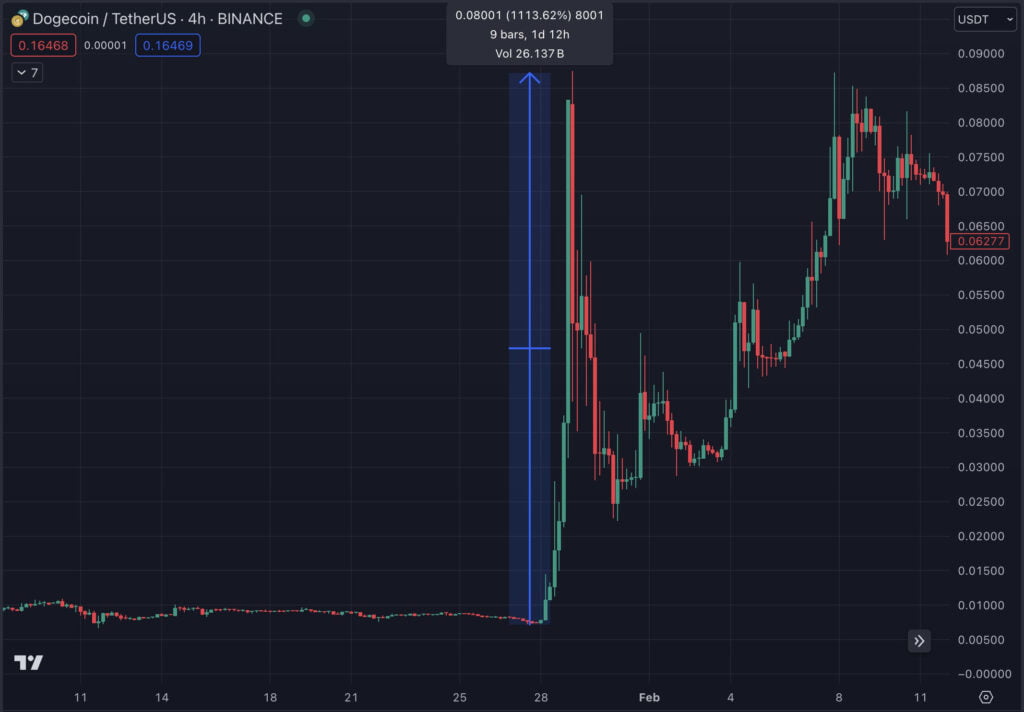Podcast Summary
This podcast episode features Chad Barraford, a core contributor to the Thorchain project, discussing the functionality and benefits of Thorchain as a multi-chain decentralized exchange (DEX). The conversation covers Thorchain’s unique features, such as cross-chain swaps, streaming swaps, and its lending system. The episode also delves into the challenges and trade-offs of decentralization, the economic model of Thorchain, and the future roadmap for the project.
Key Takeaways
Thorchain’s Unique Features and Functionality
- Multi-chain DEX: Thorchain allows for cross-chain swaps, enabling users to trade various cryptocurrencies quickly and efficiently. It has integrated with approximately eight or nine chains, focusing on minimizing limiting factors for integration.
- Streaming Swaps: Thorchain introduced the concept of streaming swaps, which break up large trades into smaller ones, allowing for efficient execution and market price following. This feature enables trades as efficient as five basis points (bips), even for large trades like $5 million.
- Lending System: Thorchain offers 0% interest loans with no maturity date or liquidations. The protocol itself acts as the lender, and individuals borrow from the protocol. The system can be seen as a perpetual option or a free put option.
Challenges and Trade-offs of Decentralization
- Cost and Efficiency: The cost of operating certain chains, like Solana, can be high due to the need for validators to run full nodes of every chain Thorchain interacts with. Decentralization poses challenges in terms of economies of scale, as centralized systems can achieve cost efficiencies that decentralized systems cannot.
- Speed vs. Decentralization: The trade-off between speed and decentralization is a common consideration in blockchain design, with faster block times often leading to more centralization. Thorchain operates as a decentralized system, which means it must navigate these trade-offs and operate differently than centralized systems.
Economic Model of Thorchain
- Rune Asset: The value of Rune, the base asset of the Thorchain network, is directly correlated to the activity on the chain. Thorchain is designed to drive value into Rune with every action taken on the protocol, whether it’s swapping, providing liquidity, or taking out a loan.
- Yield Generation: The value-driven into Rune benefits liquidity providers, leading to higher yields and attracting more participants. Savers can deposit assets like Bitcoin and earn yield on their deposits, which are added to the liquidity pool, deepening liquidity and improving pricing execution.
Future Roadmap for Thorchain
- Improving Efficiency: The roadmap for Thorchain includes improving efficiency, implementing seamless transactions from any wallet, and introducing limit order books to attract professional traders.
- Proactive Arbitrage: The goal is to enable proactive arbitrage in streaming swaps, allowing for rapid execution of multiple trades in a single block. This will enhance price execution and increase trade volume.
Sentiment Analysis
- Bullish: The podcast presents a bullish sentiment towards Thorchain. The discussion highlights the unique features and benefits of Thorchain, such as its cross-chain swaps, streaming swaps, and lending system. The increase in trade volume and the positive price action of the Rune asset also contribute to the bullish sentiment.
- Neutral: While the overall sentiment is bullish, there are neutral aspects in the discussion. The podcast acknowledges the challenges and trade-offs of decentralization, such as cost and efficiency issues and the trade-off between speed and decentralization. The podcast also mentions the difficulty of explaining and understanding complex ideas like Thorchain’s lending system.











